Valerie June on Being True to the Song
This interview originally appeared in She Shreds Issue #13, which was released in September, 2017.
Valerie June plays songs rooted in pop, but the Memphis multi-instrumentalist works across genres and platforms. In interviews, she has described her sound as “organic moonshine roots music,” but don’t try to box her into just one category. Her eclectic style dates back to her childhood, when she was introduced to gospel music through her family’s church, and to R&B and soul music through her father, a local music promoter who worked with artists like Prince and K-Ci and JoJo.
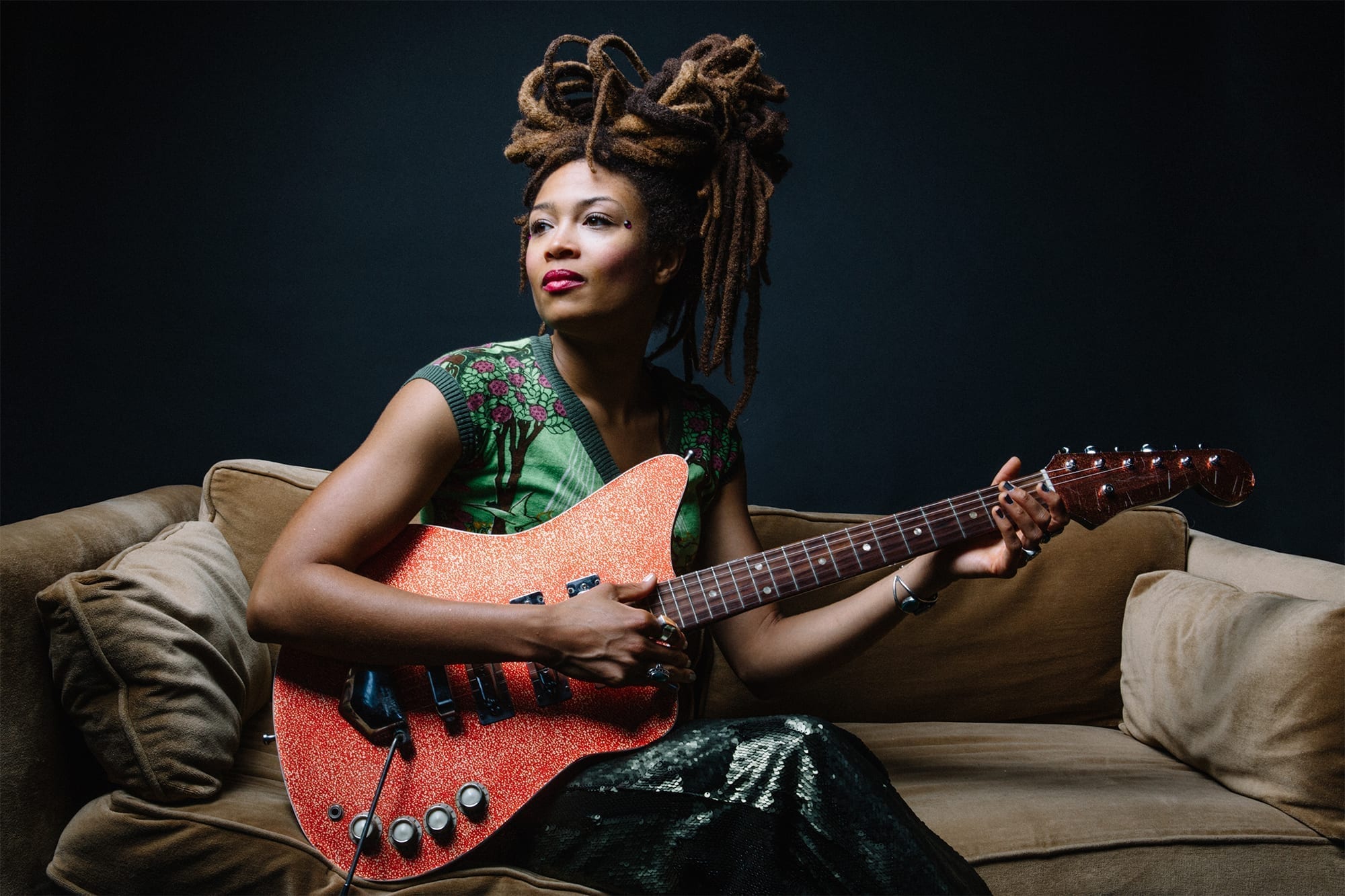
June began playing music professionally at 19 years old, continuing for the better half of 10 years in the Memphis club scene. During this time, she self-released three albums and was featured on MTV’s online series, $5 Cover, which highlighted Memphis musicians trying to make ends meet. In 2013, June released her third full-length and first for Sunday Best Recording, her breakout album Pushin’ Against a Stone. Now with her follow up, The Order of Time, out this year via Concord Bicycle Music, June has created her own brand of pop stemming from her love of roots music. Her songwriting process is quite unique, allowing her songs to come from voices in her head that sing lyrics and melodies to her in a very cathartic way.
She Shreds sat down with June and talked about her songwriting process, working with collaborators, and her love of banjos.
She Shreds: I want to start off with your songwriting process. You’ve mentioned in the past that voices and melodies come to you in your head. Can you elaborate on that a bit?
Valerie June: It’s the most fun and magical part of what I do, and it’s really simple. It’s the same way a composer hears a symphony in their head—whatever it is, strings, horns. They hear the whole piece sometimes, and sometimes they hear pieces at a time. The way mine comes is in voices and they’re singing me the songs and I sing to you what I hear. Then they write the arrangements with me. It’s really that simple.
My songwriting process is very similar. I used to write full songs in class in high school and tab out the chords in my head. Do you hear chords and arrangements also?
I really don’t ever hear a full instrument, or the chords, so I don’t hear it the way composers do. I will hear a voice singing to me. Like the song “Astral Plane”—I heard [the voice] singing [sings], “Dancing on the astral plane / Holy water, cleansing rain / Floating through the stratosphere.” I’m just singing what I hear. I heard the whole part I just sang to you.
A couple days ago I started to get a song, and the piece just came while I was running errands. It was just one little line, and I heard that voice singing it, and I sang it again and again, but nothing else came. Yesterday, as I was wrapping up some things, I started to hear the other little piece. So when I got home, I sat with an instrument and started to put music to what I was hearing, that little line, that simple one piece, and other little voices started to come, but I still don’t have a full song.
Sometimes, if I’m writing with another writer, then it’s a totally different process. It’s not the way I wrote the songs for [The Order of Time]. It’s not allowing the song to come to me. You’re sitting with this writer and y’all are both trying to go into this room and you’re pulling something together. It’s more work. It requires me actually trying to write a song versus allowing a song to come to me. And with songs I allow to come to me, sometimes it can take years before I hear the other part. I just have to write down the portion I’m hearing right then, record it, try to keep it in my head, and hope that the rest comes.
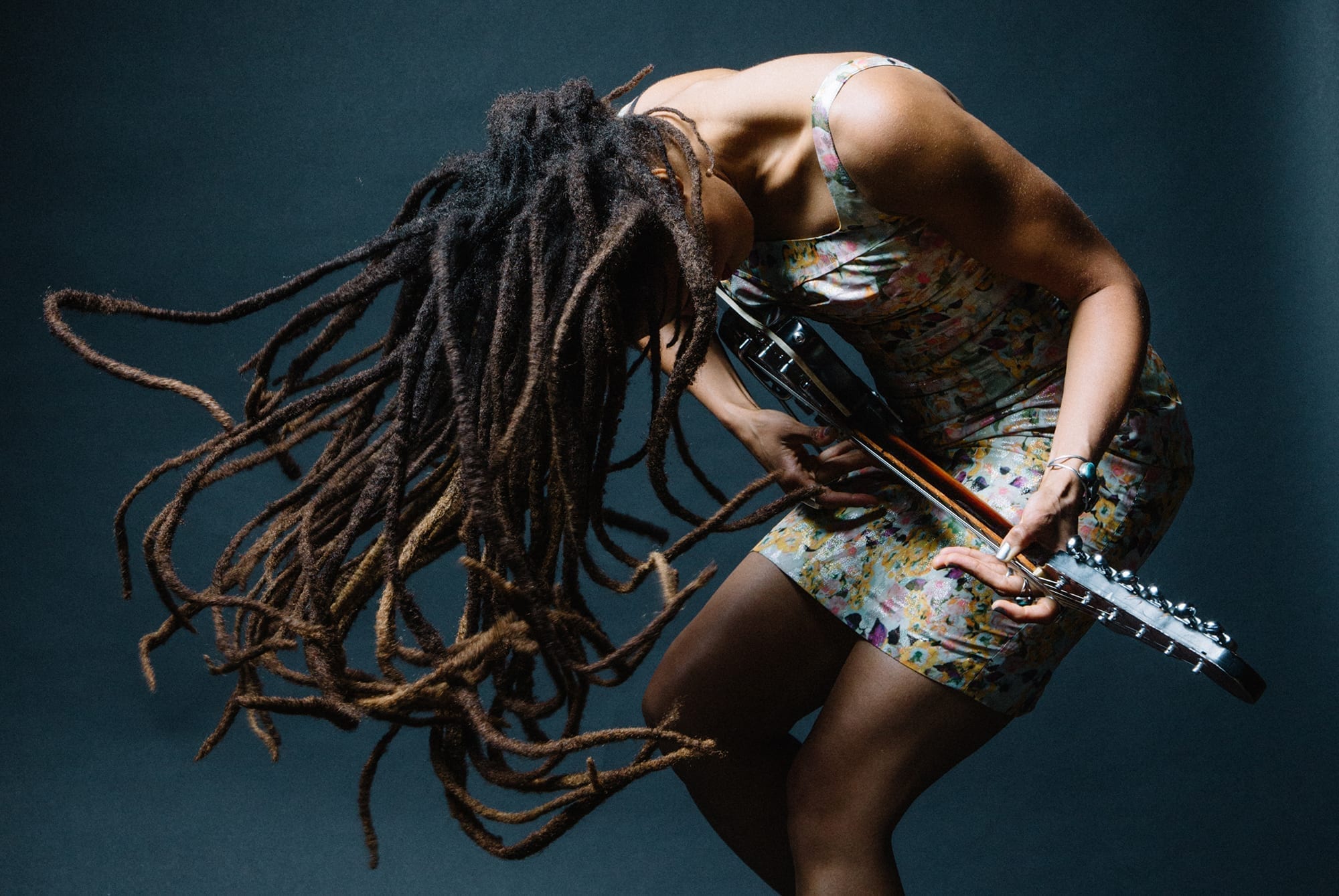
Since songwriting comes to you in this way, do you have a bunch of phone recordings or a little field recorder you keep on you when you get ideas?
I usually just do it on my iPhone when I’m getting a song. I pull out my phone and sing into it real quick, because things can make the voice leave me, like if a car comes thumping down the street and gets a song playing in there, I get off the channel of what I was receiving.
My process is very similar to yours, except I play pop music and yours is more roots. I have to deal with collaborators, and I know you have a few also. ow do you get your vision across to them?
When you listen to [The Order of Time], can you really say I don’t do pop music? [laughs] I don’t do mainstream and hip hop, but to me a song like “Two Hearts” or “Astral Plane” or “Wanna Be On Your Mind” from my last record can be just as pop as anything else. In the same sense, I love roots music, so of course there are some folky songs. I don’t really have control over the type of songs I receive, I just receive the song. So at this point in my career, I have this thing against having limits put on me by people saying, “Hey, Valerie the blues artist” or “Valerie the roots artist” or whatever. I’m just doing my thing.
When working with collaborators, I will already have the song written. So I can take a song at its basic root and its essence, and walk into a room with producers who do country and they can take it there. Or I can walk in with producers who do more mainstream modern stuff and they can take it there. A song on its own has a life, and it can go so many directions. You can see that with the history of so many songs that we know as amazing. They fit across genres. The song is the core—it can go to pop, rap, or whatever direction that song wants to live. I hate limiting the songs because to me they’re living things, and it goes further than the writer or the artist who wants to claim it. [Songs are] bigger than us. Even after the artist is passed away and gone, the songs can still be alive.
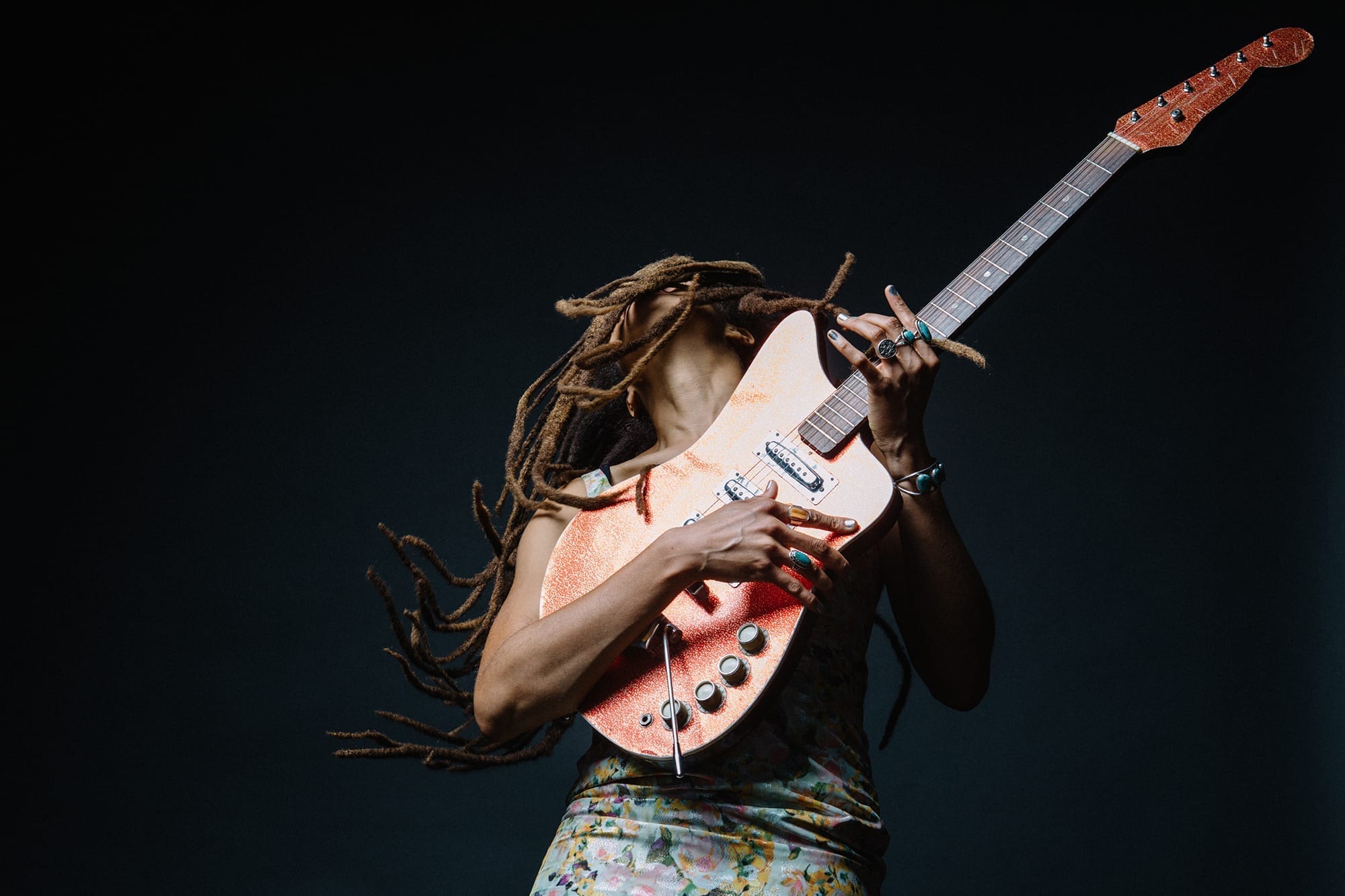
How do you combat producers and collaborators who try to turn your songs into products that sell instead of staying true to your vision?
It is very difficult. I have found that quite a challenge, so now what I do is I act like I’m the momma of these songs. I’ve become so protective of them, and I’m careful of what I will put out in a room with certain people because I never know if they will be the best babysitter for this child-song. [laughs] I only pull out things that will allow [collaborators] to shine the greatest they possibly can. You have to be protective of the songs and you have to be a servant to them. You have to manifest their vision—that’s your job as the keeper of the song.
Preach!
It’s really spiritual.
It is. You’re moving people with your music. You want to make sure the all-around feeling is making people feel positive while they’re listening to it. Getting to the gear part of things… do you use any pedals? And if so, what do you use?
I use LR Baggs, and I really like it because it warms up my instruments. As far as pedals, I use a Boss BD-2 Blues Driver and that’s about it. I use a Fender Deluxe Reverb amp. I like the reverb essence on the electric guitar, and sometimes I run the banjo through that too. But really I keep it simple with the pedals because that’s a whole other thing to master and learn and I just haven’t had the time to sit with it.
I’m learning myself. A lot of people write with pedals, and I have a feeling you don’t?
No, not at all. I pull out the acoustic guitar or the banjo and that’s it. Sometimes I pull out the electric guitar or bass. I feel like I could play anything, or write a song on anything, but being a master of that craft or instrument, not so much.
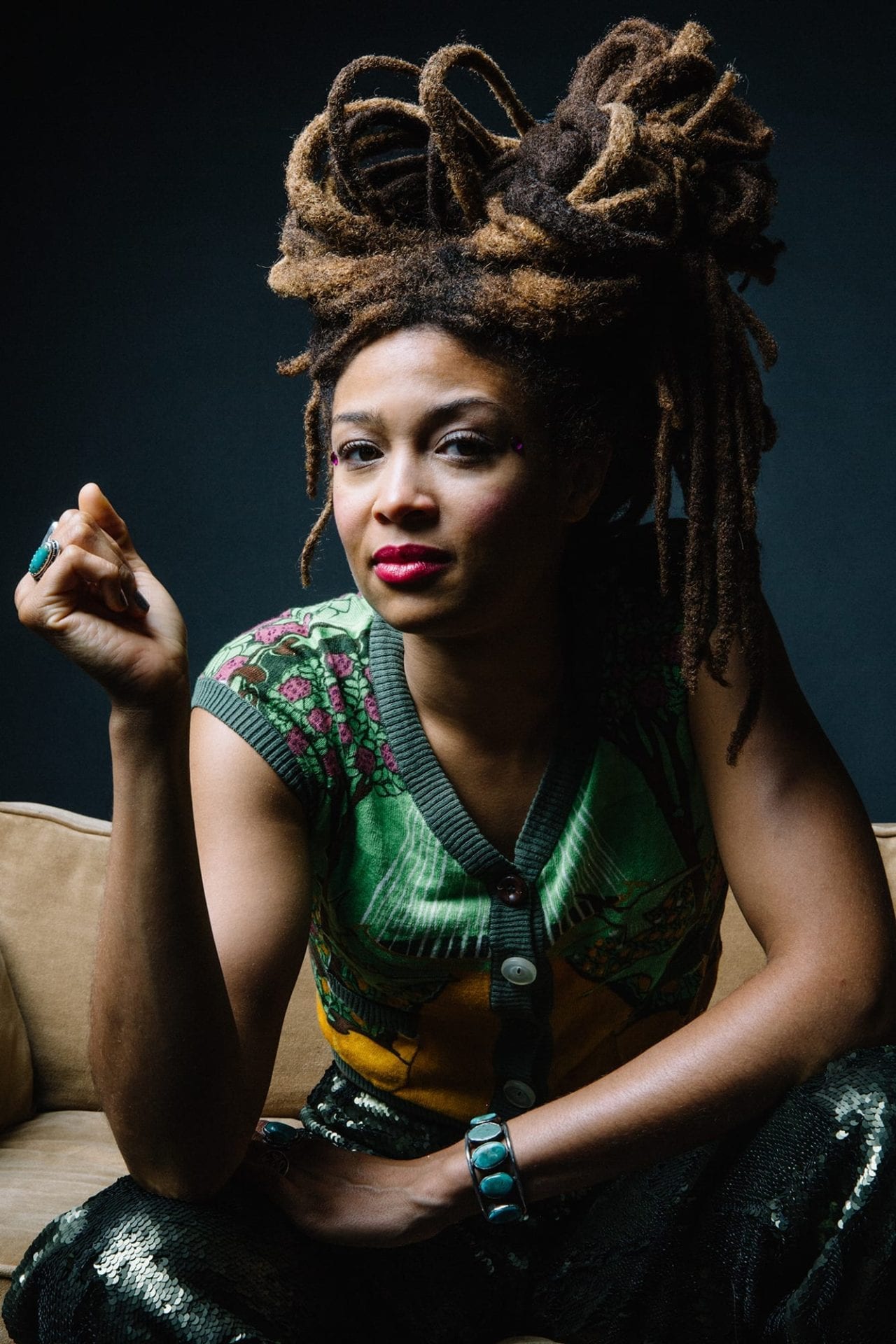
Can you tell me about that ukulele banjo hybrid you use and who makes it?
It’s a baby—that’s what I call it—and it is a uke banjo. It was made in Memphis by a guy named Tommy George [of] George Banjos. It was made for my birthday by a friend back in 2009, and I thought it was a toy at first. A few years later I started playing it, and wrote songs like “Somebody to Love” on it, and I have to play that song at every show because people freakin’ love it. So, the baby comes out once a night, and it’s to play that song, and she’s the star of the show. [laughs]
What are some of your favorite banjos and how many do you have?
I have a Gold Tone, which is a regular old beater banjo that I take on the road with me because it’s so tough and durable; it can handle any flight and any kind of road situation. I have one from the ‘30s made by Vega Banjos that’s just so delicate to me. And I have a Gibson Mastertone Resonator also from the ‘30s and I’m the same about that one; [it’s] only for records and for gigs that don’t require flying.
I just got an electric Gibson banjo, and they only made about 80 of these. Ry Cooder introduced me to it. He put this five-string electric banjo in my hands, and we started playing together and I said, “I’ve got to have one,” and he said, “Well, it’s going to cost you the first down payment on your house.” Well, three years later, I found a 4-string electric banjo at Retrofret [Vintage Guitars] here in Brooklyn. I freakin’ love it.
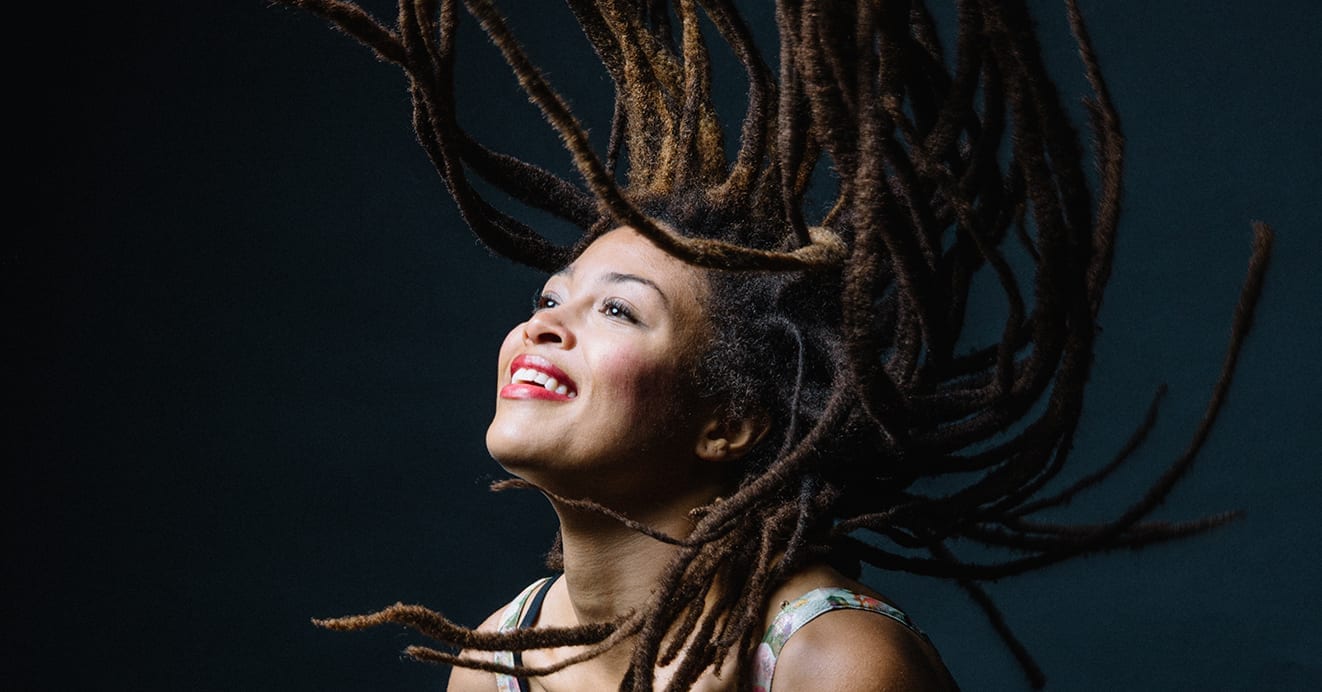

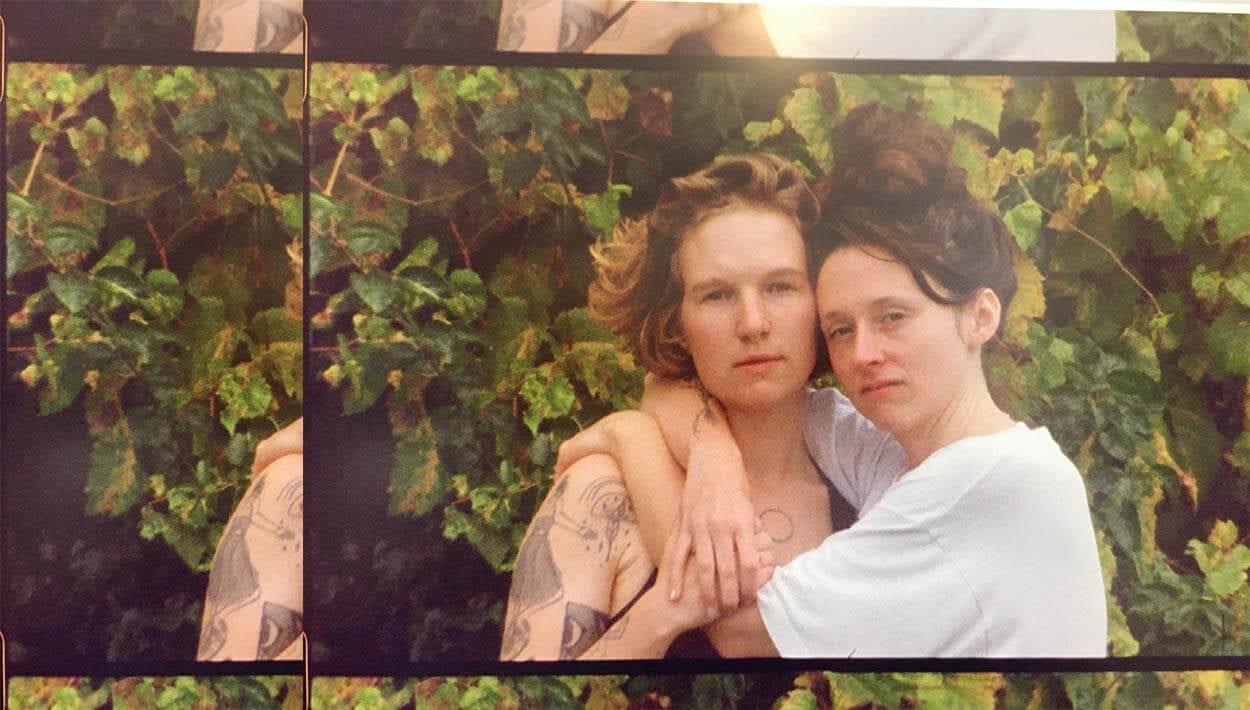
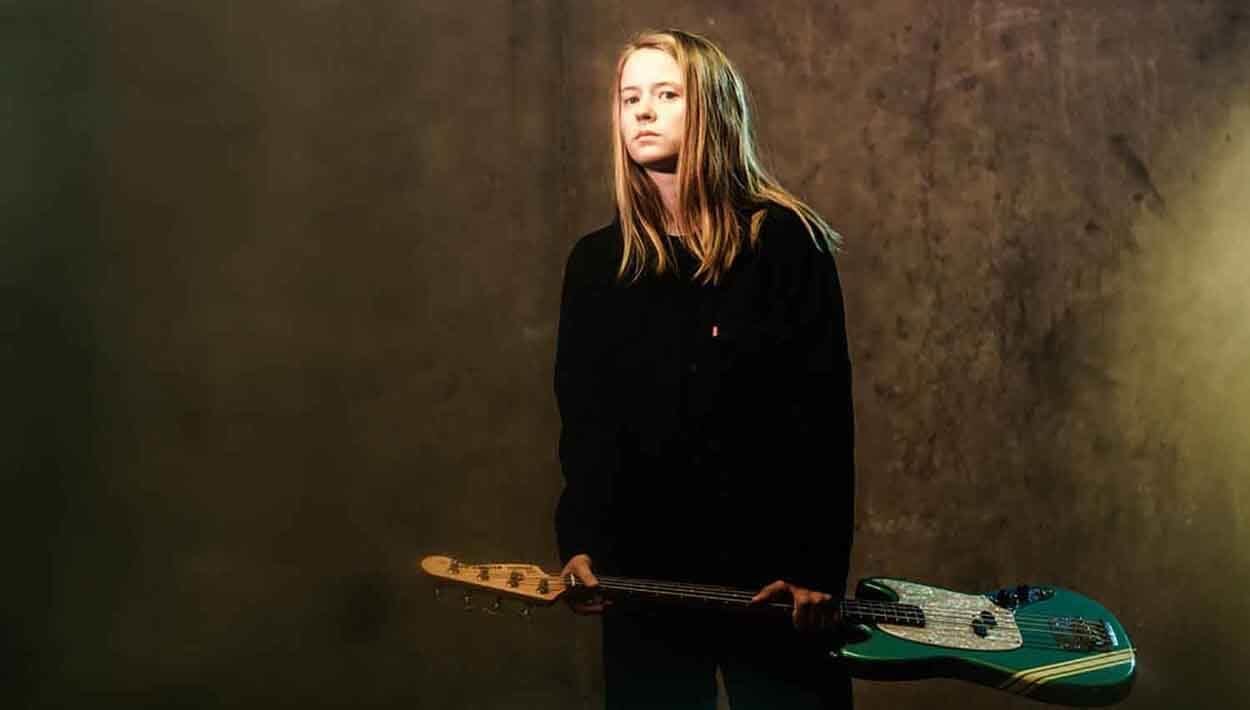
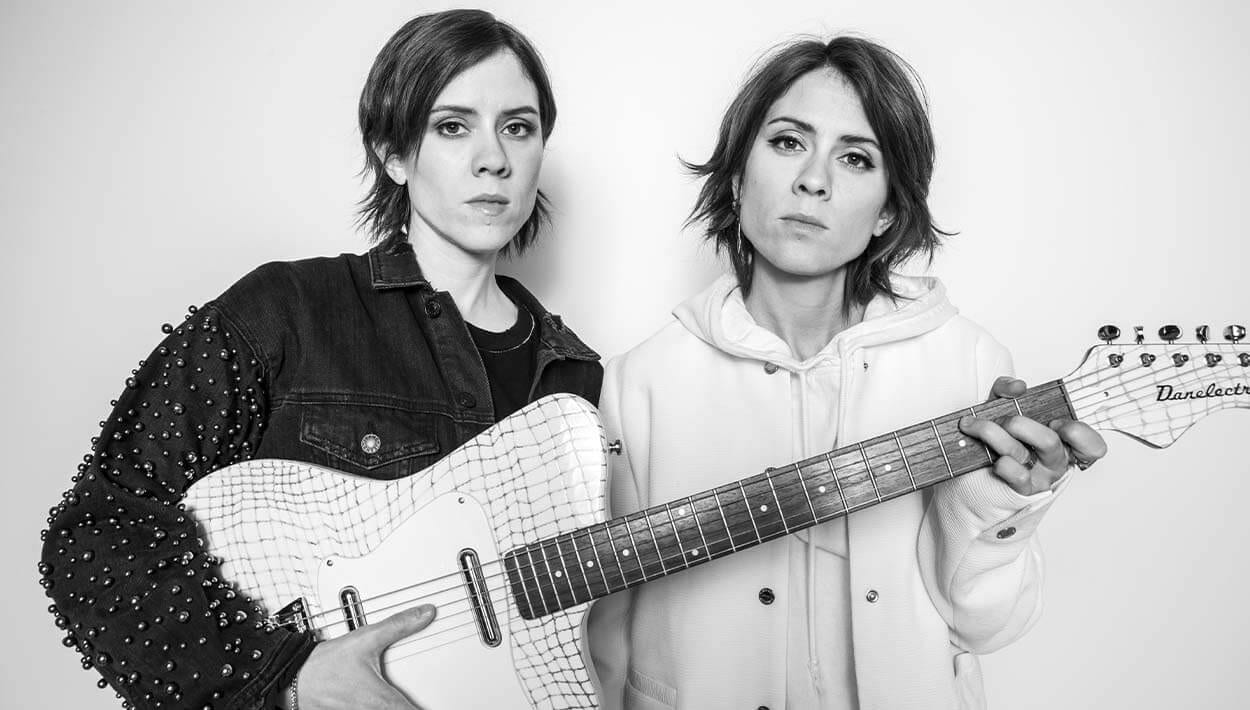
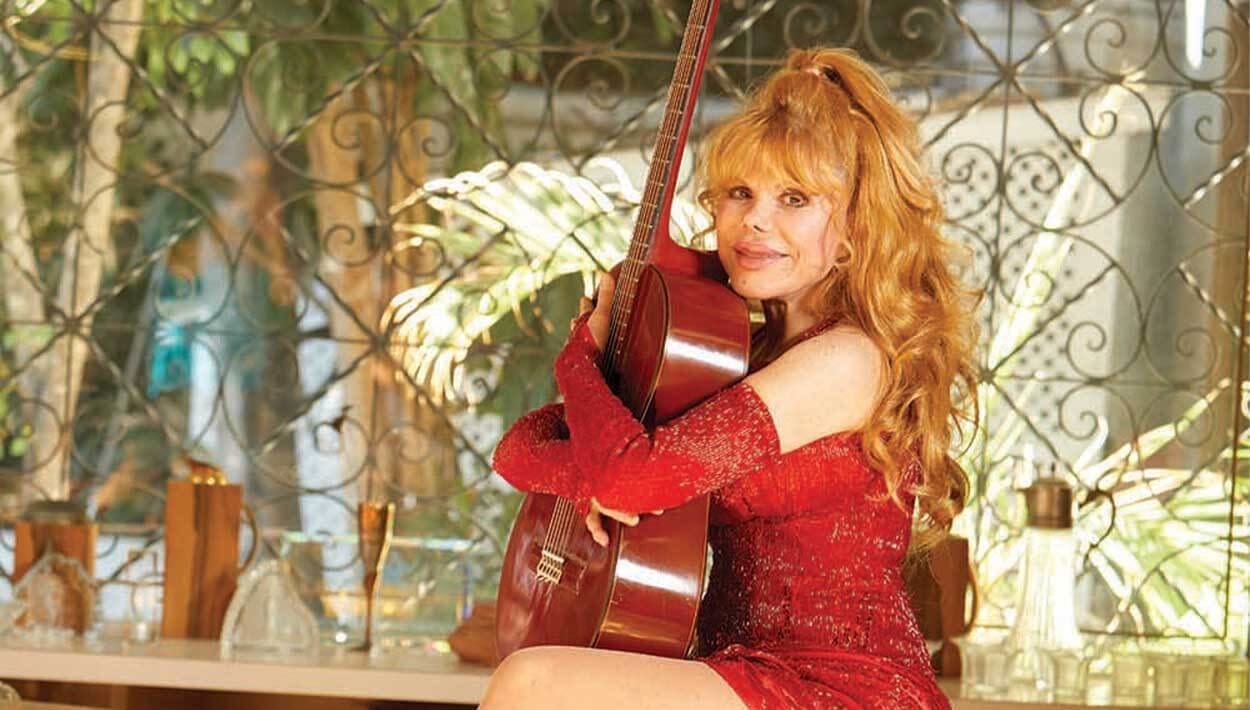
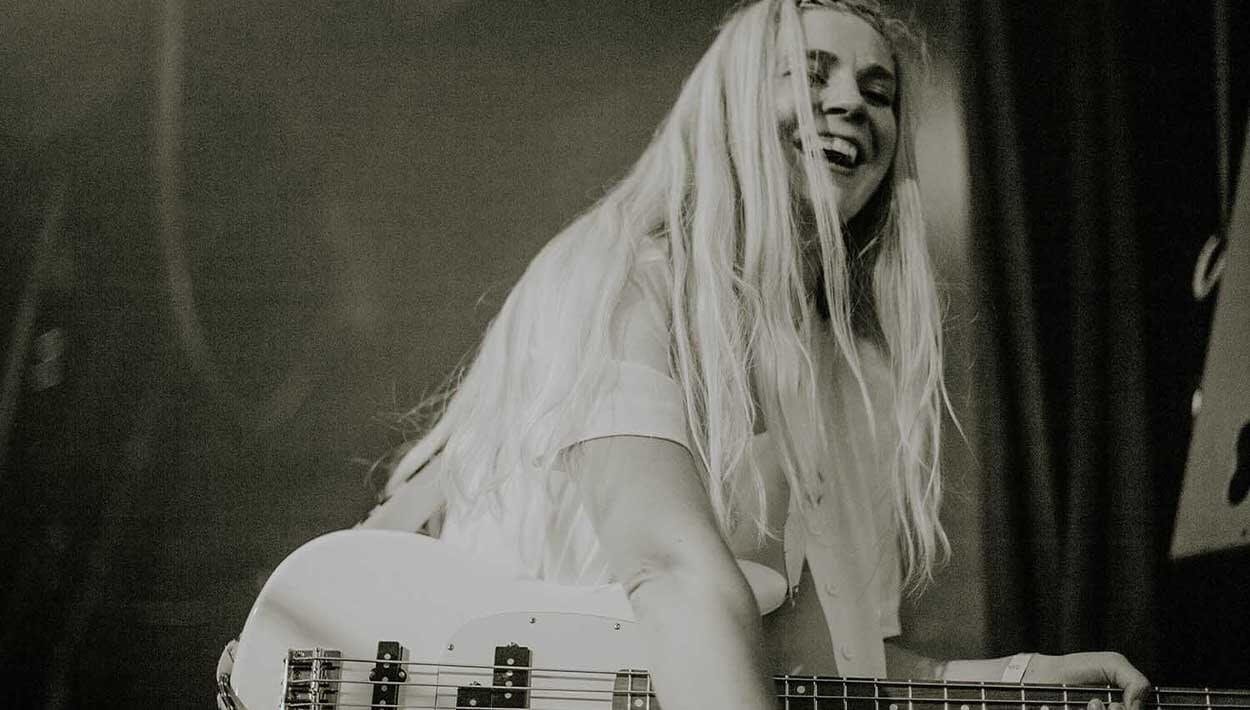
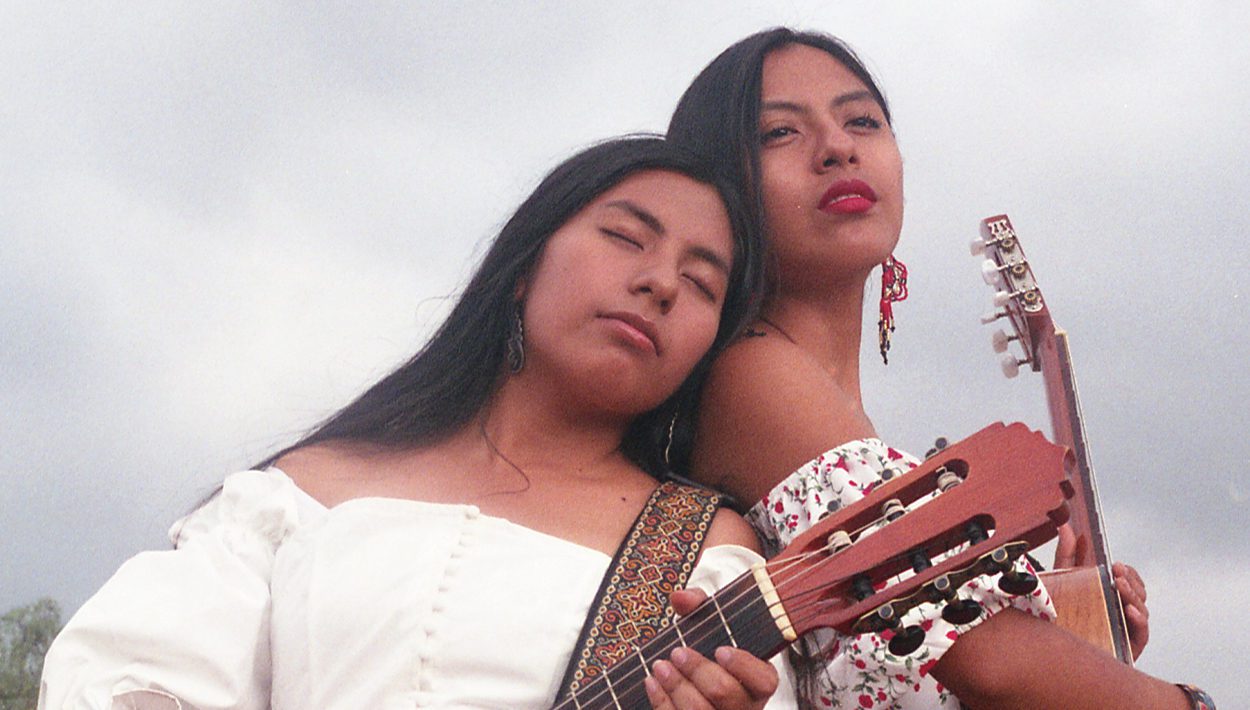
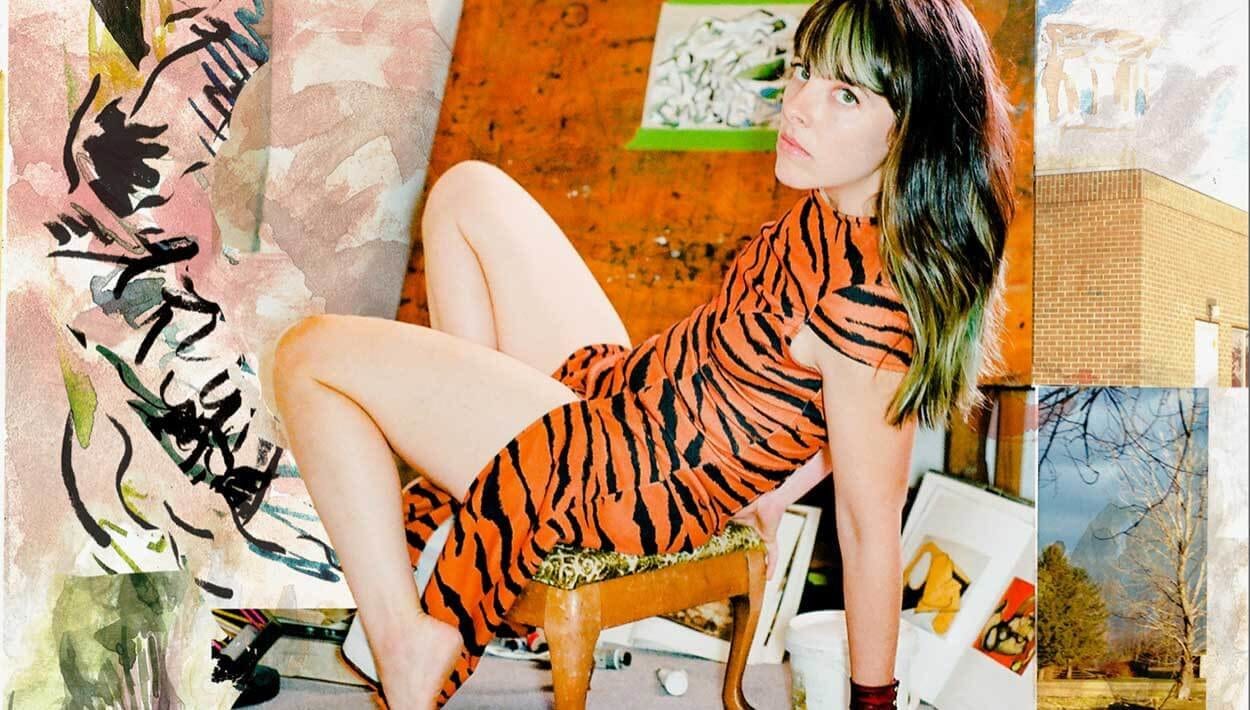
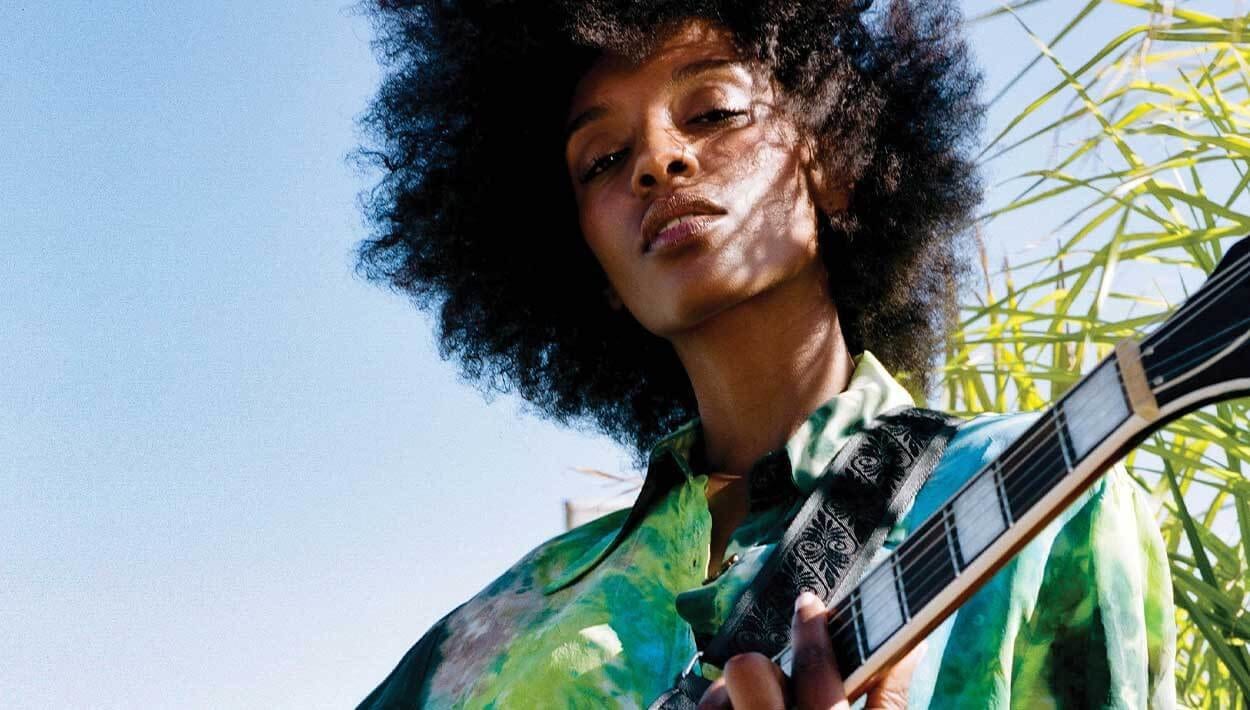
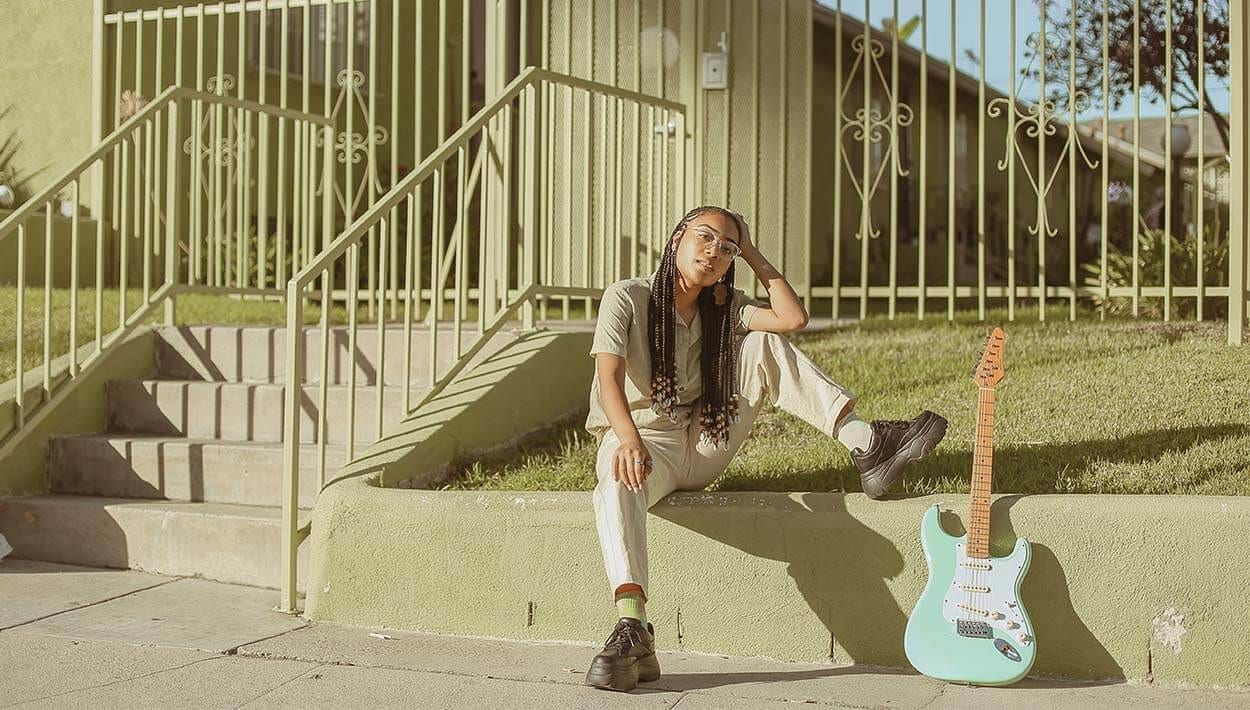
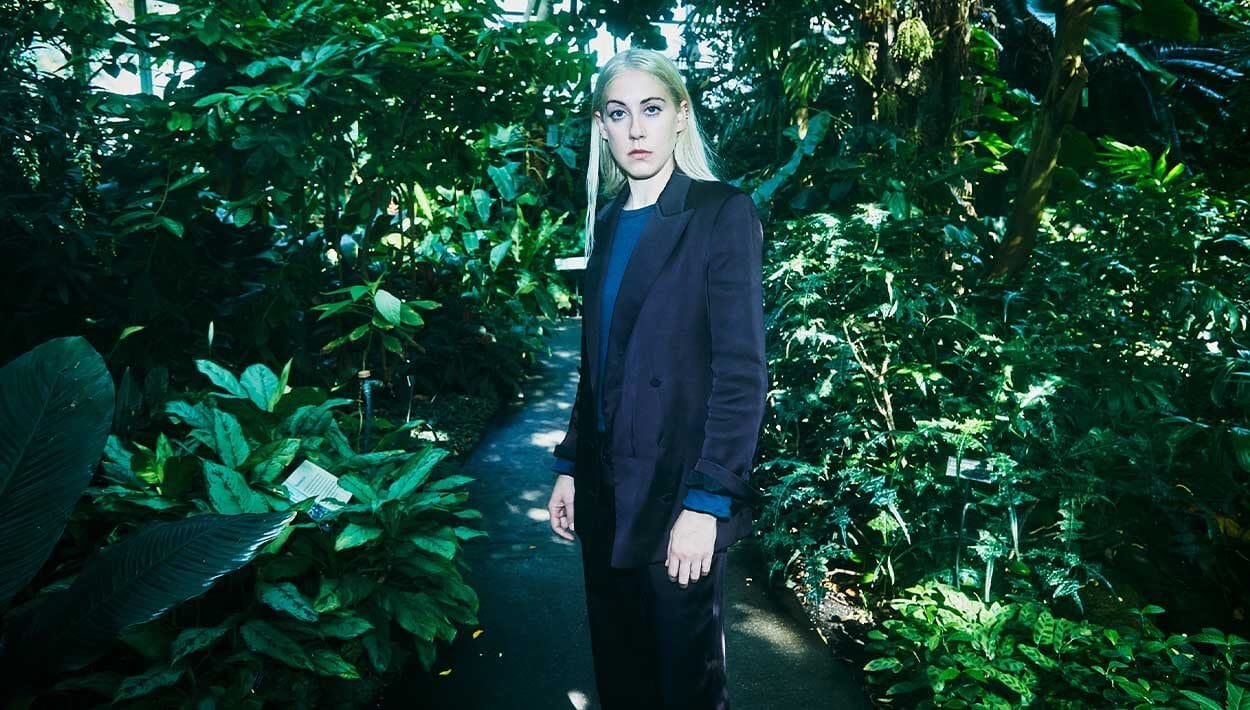


Comments
No comments yet